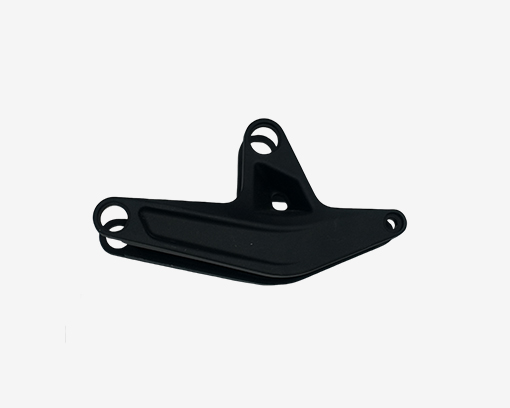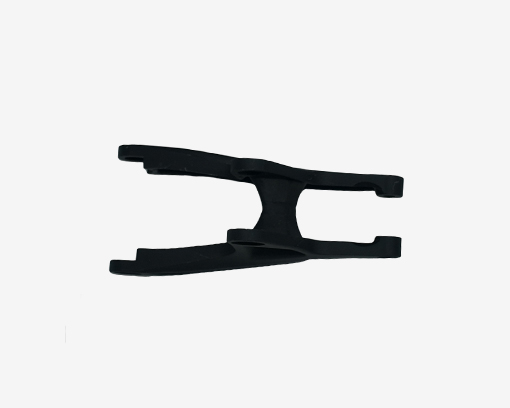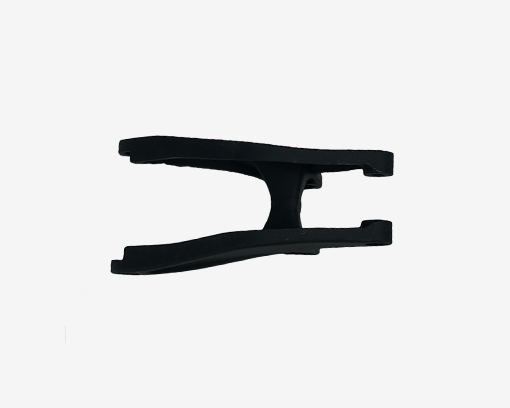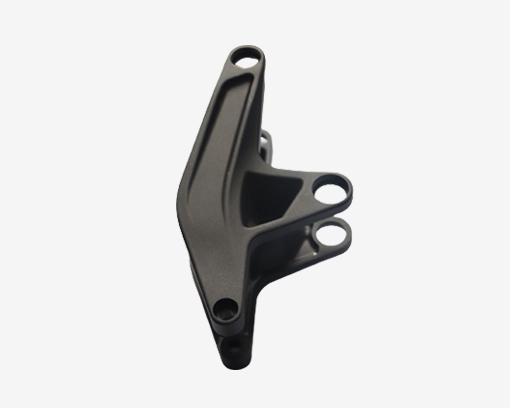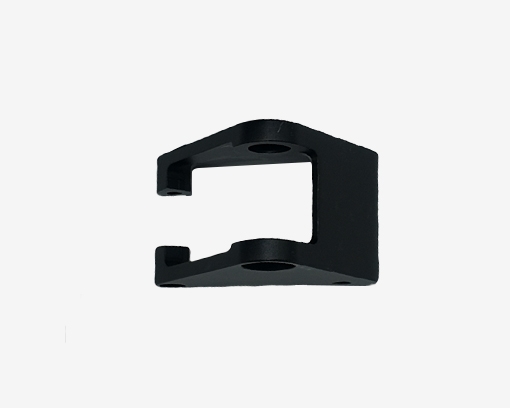The material selection of the connecting piece needs to consider multiple factors comprehensively, and the following are some common considerations:
Mechanical properties
Strength and hardness: If the connecting piece needs to withstand large tensile, compressive, or shear forces, it is necessary to choose materials with high strength and hardness. For example, in the connecting rod of a car engine, high-strength alloy steel or aluminum alloy is usually used to ensure that the engine can withstand tremendous forces without deformation or damage during high load operation.
Resilience: For connection parts that may be subjected to impact or vibration, the toughness of the material is very important. In some seismic connectors of building structures, steel with good toughness, such as low-alloy high-strength steel, is used. This allows the connectors to absorb energy through their own deformation during external impacts such as earthquakes, avoiding brittle fracture and ensuring the overall stability of the structure.
corrosion resistance
Usage environment: The connecting piece used in corrosive environments such as humidity, acidity, and alkalinity must have good corrosion resistance. For example, in the pipeline connection of chemical enterprises, various chemical media are often in contact. In this case, corrosion-resistant materials such as stainless steel, copper alloy, or engineering plastics should be used as connecting pieces. If it is in marine environments, such as structural connections of ships, the resistance of materials to seawater corrosion also needs to be considered. Nickel based alloys that are resistant to seawater corrosion or steel that has undergone special anti-corrosion treatment are usually used.
Protection requirements: If the environment in which the connecting piece is located is less corrosive, or surface protection measures such as painting and galvanizing can be taken to improve corrosion resistance, then the requirements for the material's corrosion resistance can be relaxed to a certain extent, and relatively low-cost materials can be selected, such as ordinary carbon steel that can also meet some general industrial environment requirements after galvanizing treatment.
Conductivity and thermal conductivity
Electrical connection: When the connector is used for conductive connection of electrical equipment, it is necessary to choose materials with good conductivity, such as copper and aluminum. Copper has excellent conductivity and is commonly used in applications that require extremely high conductivity, such as internal connections in electrical equipment such as transformers and motors. Although aluminum has slightly lower conductivity than copper, it has been widely used in some power transmission lines and general electrical equipment connections due to its light weight and low cost.
Heat dissipation requirements: For some connection parts that require heat dissipation, such as heat sink connections in electronic devices, materials with good thermal conductivity can quickly dissipate heat and improve heat dissipation efficiency. Aluminum alloy has become a commonly used material for heat dissipation connectors due to its good thermal conductivity and lightweight. In some high-end audio equipment, in order to ensure sound quality, high-purity, highly conductive, and thermally conductive materials such as oxygen free copper are used for the internal connection plates to reduce losses and heat accumulation during signal transmission.
processability
Molding difficulty: The processing performance of the material directly affects the manufacturing process and cost of the connecting piece. Some materials, such as low-carbon steel, have good plasticity and processability, and are easily formed through processes such as stamping, forging, and bending, making them suitable for large-scale production. Some high-strength alloys or hard materials, although having superior performance, are difficult to process and require special processing techniques and equipment, with relatively high costs. They are generally only used in situations where high performance is required.
Surface treatment: In order to improve the corrosion resistance, wear resistance, or conductivity of the connecting piece, surface treatment is often required. For example, some metal connectors require surface treatment processes such as electroplating, chemical plating, and spraying. The surface treatment performance of materials is also important, as different materials have different adaptability to surface treatment processes. For example, stainless steel materials require special pretreatment to obtain good coating adhesion during certain electroplating processes, while aluminum alloys are easier to obtain beautiful and corrosion resistant surface facial mask through anodizing and other processes.
Cost and economy
Material cost: The cost of different materials varies greatly. On the premise of meeting the usage requirements, materials with lower costs should be selected as much as possible. For example, in some ordinary mechanical connections that do not require high performance, ordinary carbon steel or cast iron connectors are preferred over expensive stainless steel or alloy steel. For some mass-produced products, even small differences in material costs can have a significant impact on the total cost, so it is necessary to consider cost-effectiveness comprehensively.
Service life and maintenance costs: Although some high-performance material connectors have a higher initial cost, they may be more economical in the long run if they have a longer service life and lower maintenance costs. For example, connection plates used in some harsh environments are made of corrosion-resistant stainless steel or alloy materials. Although the purchase price is high, it can reduce the cost of replacement and maintenance caused by corrosion damage, as well as production losses caused by equipment downtime. Overall, it may be more cost-effective.
Other special requirements
Magnetic requirements: In some special application scenarios, such as magnetic connection components in electronic devices or situations where magnetic interference needs to be avoided, there are strict requirements for the magnetic properties of the connection pieces. At this point, it may be necessary to choose non-magnetic materials such as copper, aluminum, stainless steel (some non-magnetic stainless steel), or engineering plastics. In some high-precision scientific instruments or medical equipment, in order to ensure the normal operation and measurement accuracy of the equipment, the magnetic properties of the connecting pieces are strictly controlled to avoid interference with the magnetic field inside the equipment.
Food hygiene requirements: In industries such as food processing and beverage brewing, connecting plates that come into direct contact with food must be made of materials that meet food hygiene standards, such as food grade stainless steel, non-toxic plastics, etc. These materials will not release harmful substances and will not contaminate food, ensuring food safety. In the pharmaceutical industry, there are also strict hygiene and quality requirements for the material of connecting pieces to meet the GMP standards for drug production.



